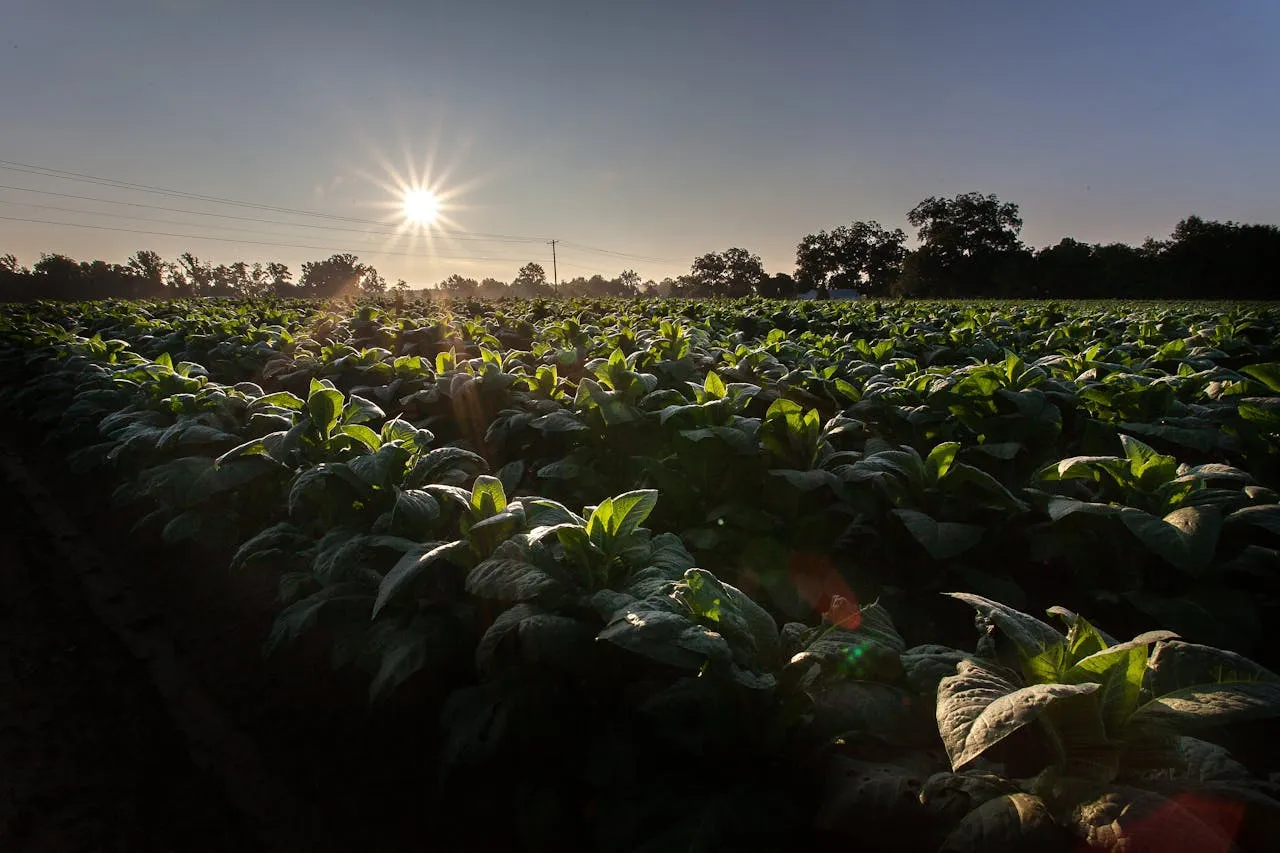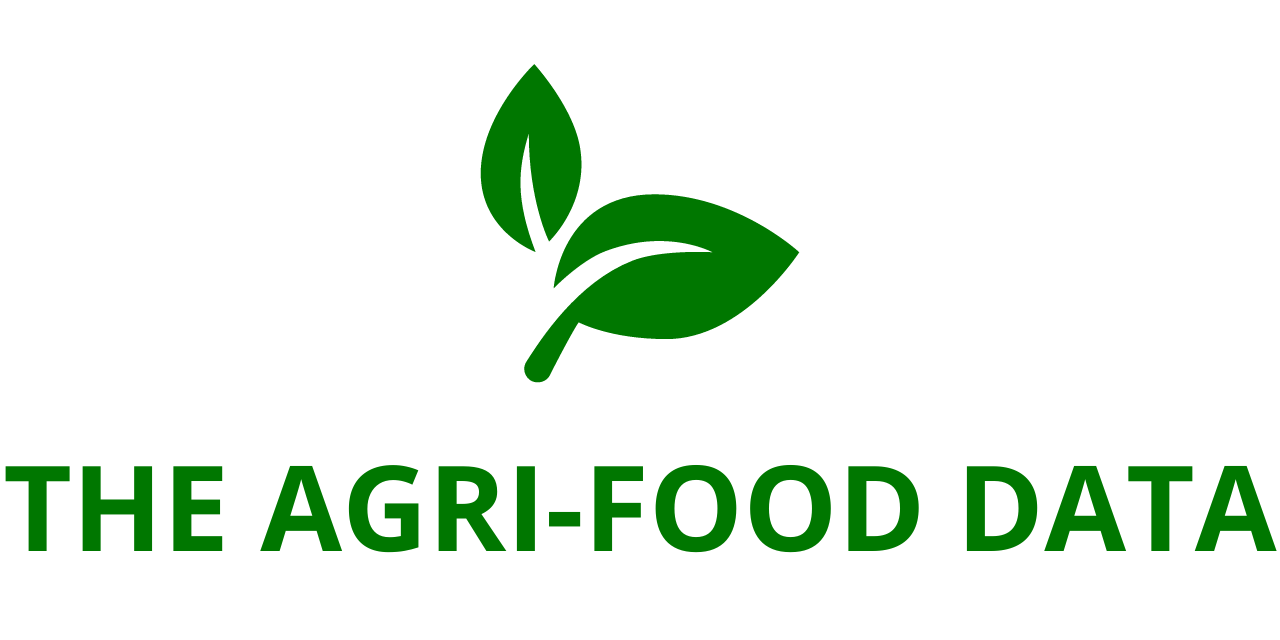
The newly released report titled “Europe Regenerative Agriculture Practices Market: Focus on Application, Types of Practice, and Country – Analysis and Forecast, 2024-2034″, now available on ResearchAndMarkets.com, presents a comprehensive outlook on the rapidly growing regenerative agriculture sector across Europe. According to the report, the European market for regenerative agricultural practices is valued at $4.08 billion in 2024 and is forecasted to grow significantly, reaching an estimated $13.27 billion by 2034. This growth represents a robust compound annual growth rate (CAGR) of 12.51% during the ten-year period.
This exponential market expansion is being fueled by a combination of government initiatives, shifting consumer preferences, and technological innovation—all of which are converging to support a more sustainable, eco-conscious agricultural paradigm throughout Europe.
Market Drivers: Sustainability, Soil Health, and Policy Support
At the heart of regenerative agriculture’s expansion is Europe’s increasing commitment to sustainable farming and environmental stewardship. Unlike conventional agricultural methods, regenerative agriculture emphasizes practices that restore and enhance the health of soil, promote biodiversity, and improve water cycles. These efforts directly contribute to climate resilience and long-term food security.
European Union (EU) policy frameworks have played a pivotal role in shaping the trajectory of this market. Initiatives such as the Common Agricultural Policy (CAP) and the Farm to Fork Strategy encourage farmers to adopt regenerative techniques to mitigate environmental degradation. These policies offer both financial incentives and technical guidance to encourage transitions from traditional to regenerative farming systems. The CAP, for instance, includes subsidies and support mechanisms that prioritize environmentally beneficial practices, while the Farm to Fork Strategy sets ambitious targets to reduce chemical pesticide use and greenhouse gas emissions.
Additionally, there is growing awareness among consumers about the environmental impact of their food choices. Shoppers across Europe are increasingly seeking out organic and sustainably sourced food products, putting pressure on agricultural producers and retailers to adopt greener supply chains. The result is a strong market pull that complements the policy push, making regenerative agriculture not just an environmental necessity but also an economic opportunity.
Technological Advancements Fueling Adoption
A key enabler of the regenerative agriculture boom in Europe is the advancement of technology. Innovations in precision agriculture, artificial intelligence (AI), satellite imagery, and data analytics are helping farmers make more informed, efficient decisions. For example, AI-powered tools can monitor soil conditions in real time, guiding farmers on the optimal application of water and nutrients. Similarly, GPS-enabled machinery enables no-till farming and precision planting, reducing soil disturbance and conserving natural resources.

These technologies are not only improving the scalability of regenerative practices but also enhancing their profitability. By optimizing resource use, reducing input costs, and improving yields, farmers are increasingly realizing the financial benefits of transitioning to regenerative models.
Popular Practices Gaining Ground in Europe
Several core regenerative agriculture practices are witnessing widespread adoption across the continent. These include:
- Carbon Sequestration: Through techniques like agroforestry and cover cropping, farmers can draw down atmospheric carbon dioxide and store it in the soil, contributing to climate mitigation.
- Crop Rotation and Polyculture: Rotating crops and planting diverse species helps maintain soil fertility, disrupt pest cycles, and enhance ecological balance.
- Agroforestry: The integration of trees and shrubs into crop and animal farming systems improves biodiversity and soil structure.
- Cover Cropping: Planting cover crops during off-seasons protects the soil from erosion, enhances nutrient content, and promotes microbial activity.
- No-Till and Reduced Tillage: Minimizing soil disturbance conserves soil structure, retains moisture, and fosters a healthy soil microbiome.
These practices are increasingly being tailored to regional contexts and supported through both public and private investments.
Strategic Insights: How the Report Adds Value to Organizations
1. Practice/Innovation Strategy:
The report delves into the technical methodologies that underpin regenerative agriculture, offering in-depth analysis of practices such as soil health management, water conservation, composting, and biodiversity enhancement. It also highlights pilot projects and case studies initiated by private firms and non-governmental organizations (NGOs), providing a real-world perspective on the application and outcomes of regenerative techniques.
By understanding these innovations, stakeholders—including policymakers, agribusinesses, and researchers—can better develop programs and products that align with the needs and realities of the farming community.
2. Growth/Marketing Strategy:
The report outlines how key players in the market are driving growth through strategic initiatives. These include partnerships between multinational agribusinesses and local farms, collaborative research efforts, and expansion into underserved regions. Many companies are leveraging joint ventures to pilot new technologies or co-develop regenerative supply chains. The study highlights how aligning marketing with sustainability goals resonates with both B2B buyers and end consumers, creating multiple avenues for brand differentiation.
3. Competitive Strategy:
An important component of the report is its competitive landscape analysis. It profiles key market participants, including developers of regenerative agriculture projects, technology providers, and data analytics firms. The competitive benchmarking section evaluates these players based on their geographical reach, portfolio diversity, and strategic alliances.
This section also identifies market gaps and potential revenue opportunities, allowing new entrants and existing stakeholders to refine their positioning. Whether through acquiring niche startups or investing in R&D, businesses are discovering new ways to integrate regenerative principles into their operations.






